Julien Deswaef
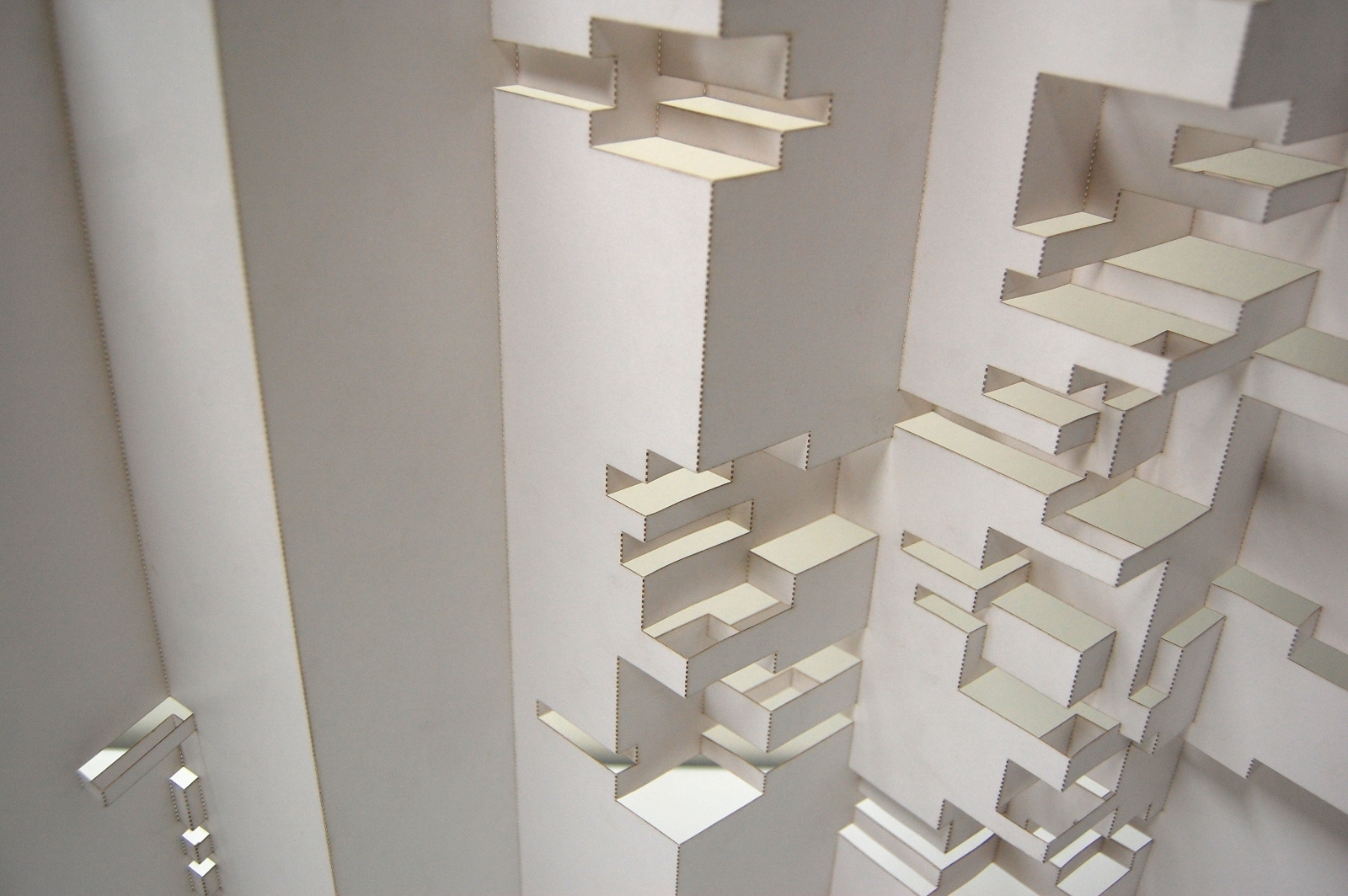
Detail — Enlarge 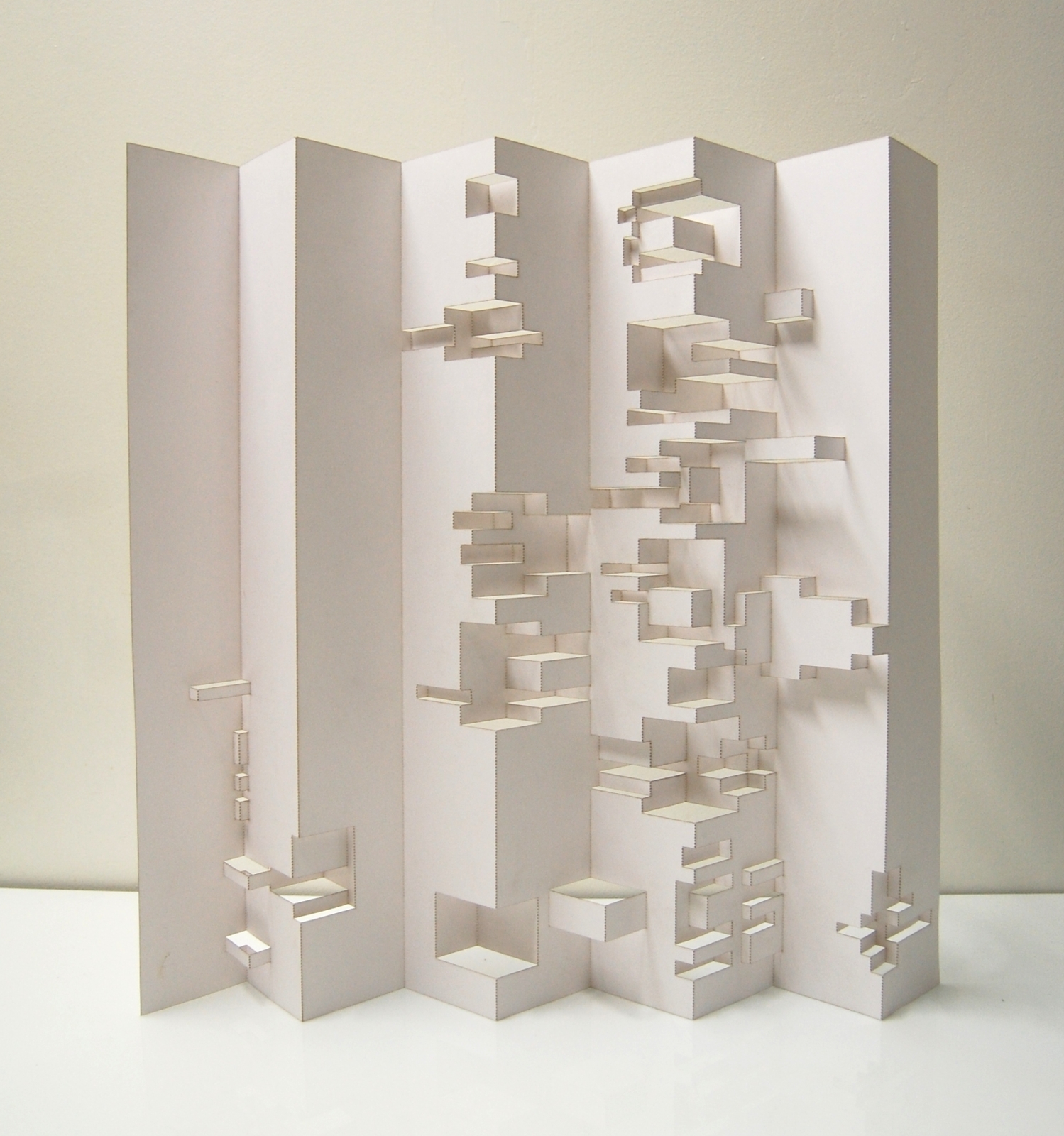
One of the last pieces (Size A1) — Enlarge 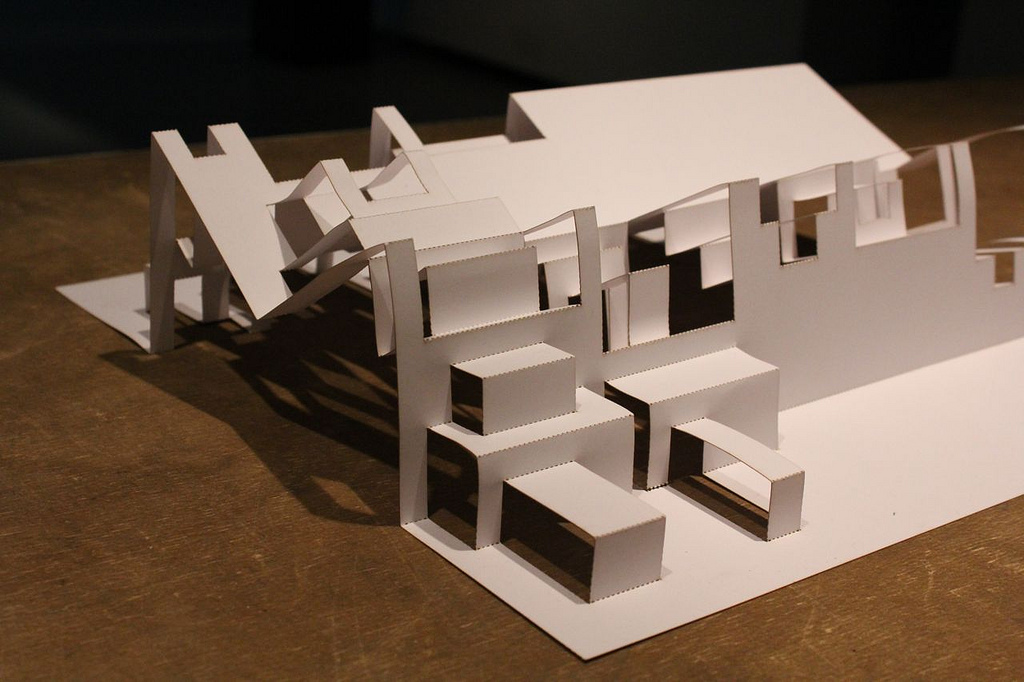
Enlarge 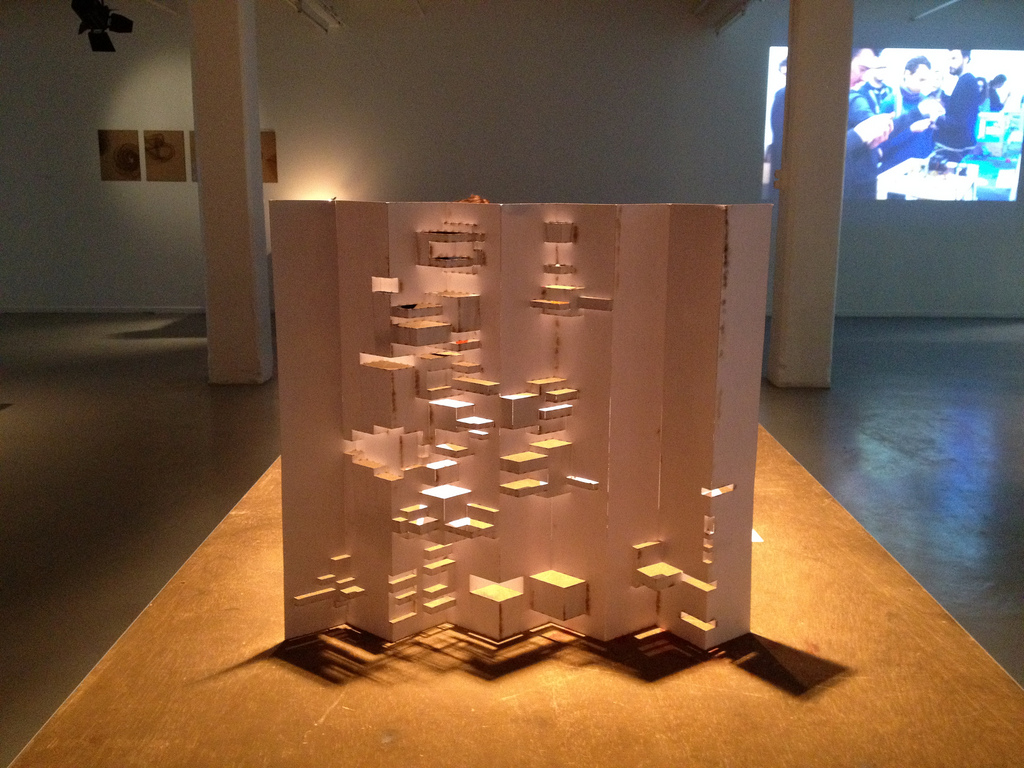
Picture by vormplus / All rights reserved — Enlarge 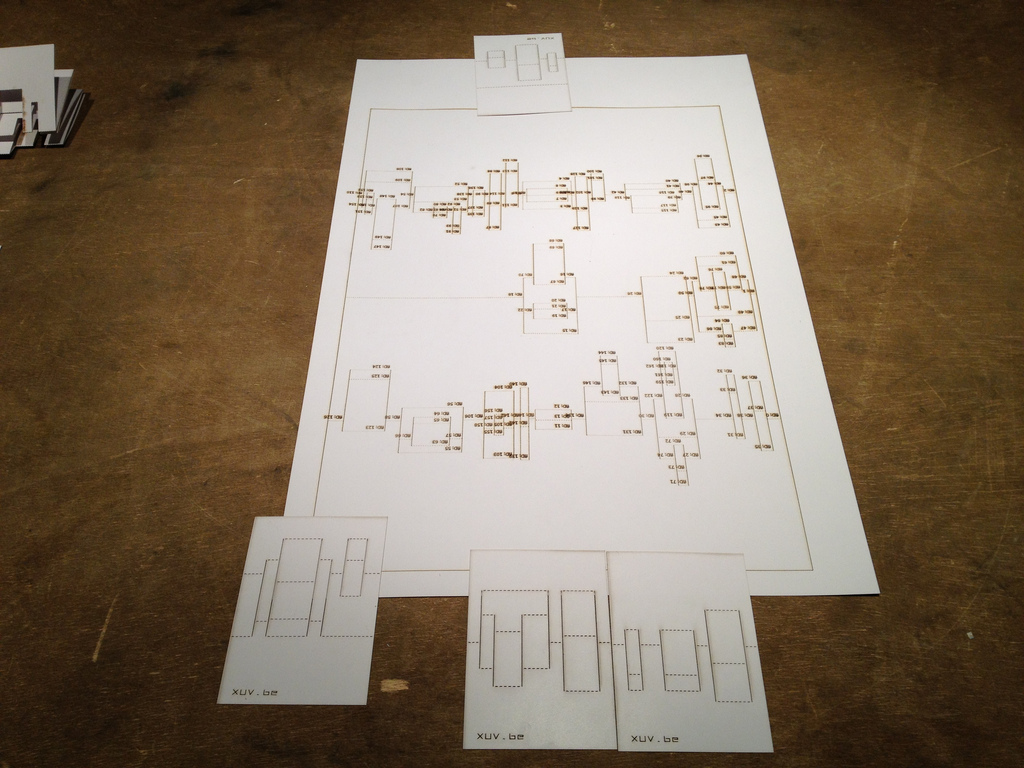
Picture by vormplus / All rights reserved — Enlarge 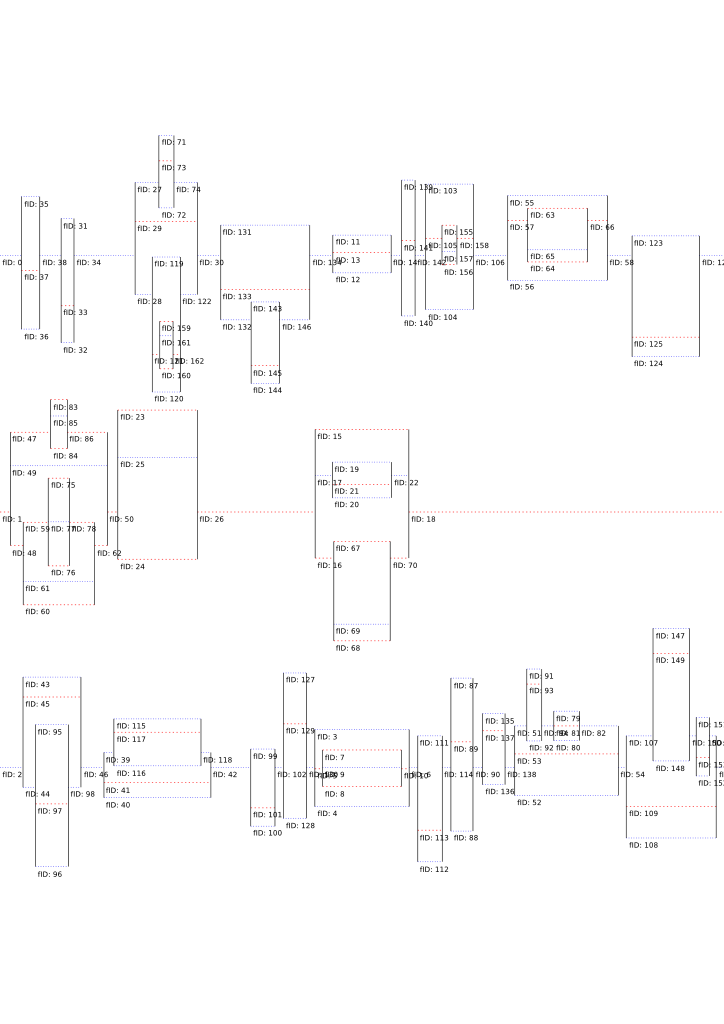
Generative pop-up (random output) — Enlarge 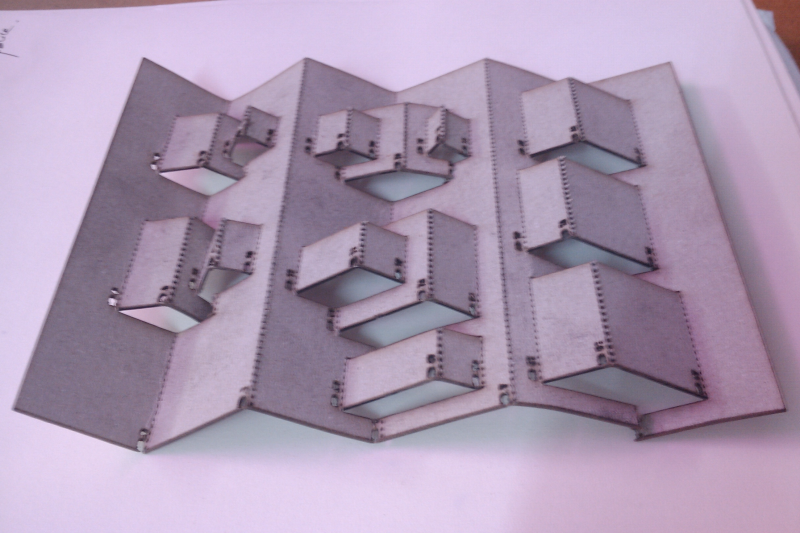
First laser cut on cardboard (size A5) — Enlarge 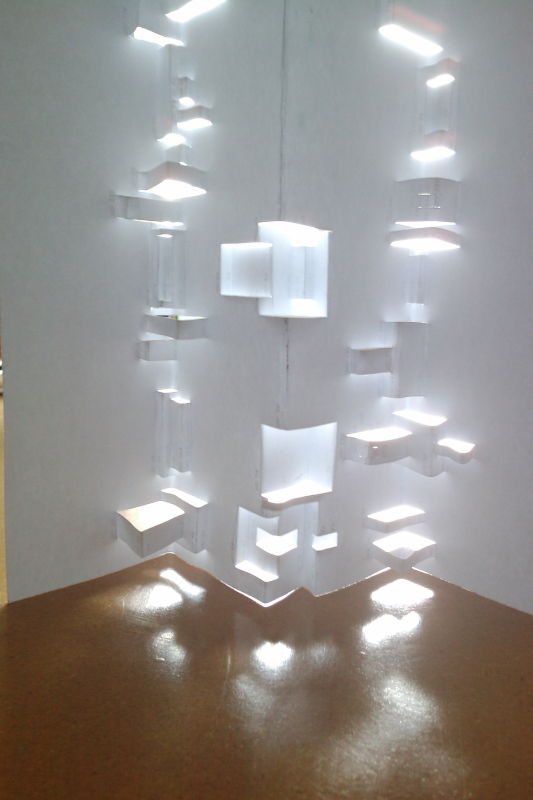
Random output on paper cut by hand — Enlarge
Building generative pop-ups with code, laser cut in paper or cardboard, folded by hand.
The origin of this idea came from the will to extend the project I did for the Writtenimages book and turn it into 3D. Since the original project is a 2D based drawing, I thought I might keep these as a starting point and not build a 3D model of it. The other parameter I wanted to keep is it's simplicity and the fact that the output would be on paper. Pop-ups and origamis are the oldest techniques to turn a 2D sheet of paper into a 3D sculpture.
After looking at pictures of Elod Beregszaszi (Popupology), Ingrid Siliakus (Paper Architect), and others (see "inspiration" links on the side), I started to build a simple mathematical model of how these pop-ups behave and what are their limitations. The code was written in Processing and constantly updated as my understanding of pop-up logic grew.
The program was then mainly used to create random pop-ups at different sizes (from A5 to A1).
The last three days of the workshop were mainly focusing on finding the right settings and material for the laser cutter, creating more complex random pop-ups and spending more and more time folding them as the complexity increased.
D’un précédent projet de génération de dessins 2D, Julien Deswaef conserve la simplicité et le support papier. Il y ajoute la troisième dimension grâce à des techniques issues de l’origami et des livres à système (pop-up books). S’inspirant des œuvre d’Elod Beregszaszi (Popupology) et Ingrid Siliakus (Paper Architect), il a construit un modèle mathématique simple qui décrit le fonctionnement et les limitations de ces pop-ups.
Grâce à un programme qu’il a conçu, et expérimentant avec ses paramètres, l’artiste a créé une série de pop-ups aléatoires de tailles diverses et de plus en plus complexes. Les découpes et traits de plis sont réalisés à la coupeuse laser.
An archive : 1999-2010-2019
This page is an archive of the iMAL website that operated between 2010 and 2019. It compiles activities and projects made since 1999.
For our most recent news and activities, please check our new website at https://imal.org
